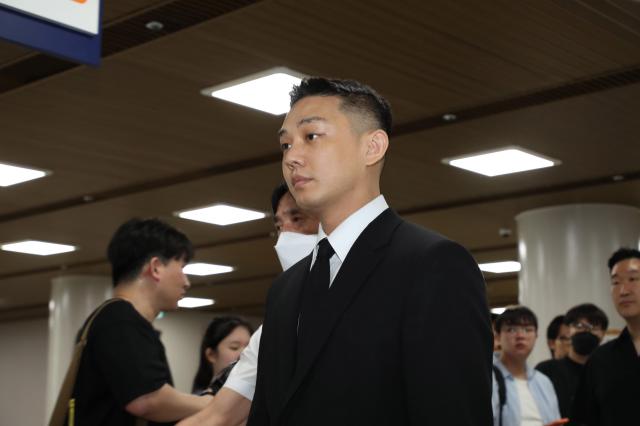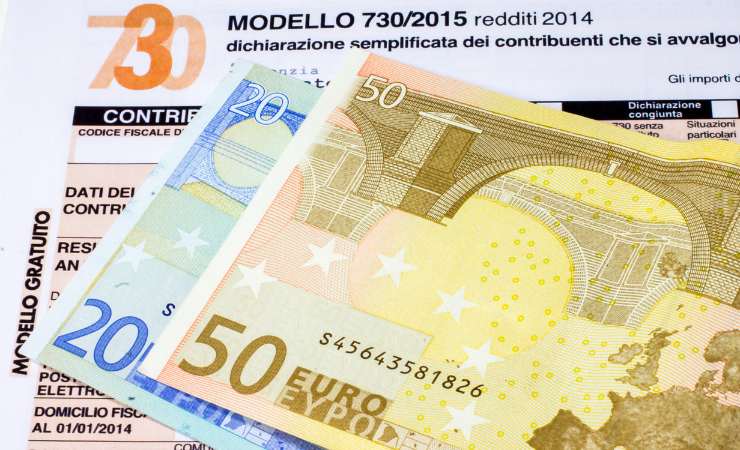Prevention and timely treatment. These are the two key words that must most characterize the stroke managementa pathology that affects 13.7 million people around the world every year and for which World Day is celebrated today. Better known in the English-speaking sense as stroke, the stroke is due to the occlusion of cerebral or pre-cerebral arterial vessels.
The AOU G. Martino of Messina is the HUB center for the treatment of stroke in the province of Messina (as established by the stroke network of the Sicily region). At the UOSD Stroke Unit – directed by Prof. Antonio Toscano – the patient is subjected to all the necessary tests to understand the origins of the ischemic event and give indication for the execution of thrombolysis or mechanical thrombectomy surgery.
When a patient arrives, either by self-presentation or by the local Emergency Health Service, a multidisciplinary team is activated which involves various specialist figures: doctor from the DEA (who evaluates and carries out the triage), neurologist from the UOSD Stroke Unit (who performs the neurological evaluation); diagnostic neuroradiologist (who carries out CT/MRI diagnostic investigations), interventional neuroradiologist (who carries out endovascular treatment, if indicated), anesthetist/resuscitator (who assists the Patient, with possible narcosis/sedation).

For emergency diagnosis and endovascular treatment the UOC of Neuroradiologia, directed by Prof. Sergio Vinci, it ensures a continuous 24-hour service, which from 2021 has an active guard seven days a week, with a dedicated medical team. There are approximately 150 cases treated endovascularly every year; since 2014, in a decade of interventional neuroradiology activity, over 1400 treatments have been carried out.
Until recently, stroke treatment was limited to basic care and management of symptoms and complications. The first turning point occurred in the 1990s, with the introduction of intravenous thrombolysis (IV-tPA), a drug therapy aimed at lysing the clots responsible for blocking cerebral blood vessels, but with limited results.
The real revolution in the management and treatment of ischemic stroke occurred more recently, at the beginning of the 2000s, with the introduction into clinical practice of mechanical thrombectomya minimally invasive procedure that allows the thrombus to be directly removed from the blocked artery using various endovascular techniques (stent retriever, thromboaspiration, combined techniques). Mechanical thrombectomy has significantly improved recanalization rates and the probability of functional recovery, proving particularly effective in cases of occlusion of the large cerebral arteries.
Viable techniques thanks to the development of modern diagnostic techniques such as Magnetic Resonance Imaging (RM) and the Computed Tomography (CT) perfusion, which allow more precise identification of patients with ischemic stroke who may benefit from treatment. These level II tests allow the damaged brain area and potentially salvageable areas to be assessed, allowing the therapeutic window to be extended up to 24 hours from the onset of symptoms. This means that a greater number of patients can be treated effectively, increasing the chances of a significant recovery even in the late stages.
From December 2022, the Complex Neuroradiology Operational Unit of the AOU “G. Martino”, as also established by the Department of Health of the Sicily Region, provides a professional daily interventional neuroradiologist, under the agreement between the companies, to the ASP of Caltanissetta to guarantee neuroradiological interventional activities at the PO “S. Elia” of Caltanissetta, HUB stroke center for the macro-area of the provinces of Caltanissetta, Enna and Agrigento.
This specialist activity has allowed us to start activities and guarantee a fundamental LEA, such as that of stroke treatment, even in the Sicilian hinterland with over 200 endovascular treatments for stroke in the first two years of activity.


